Ethiopian Hambera Coffee 5.0 Sidama Coffee Flavor Taste Characteristics Introduction
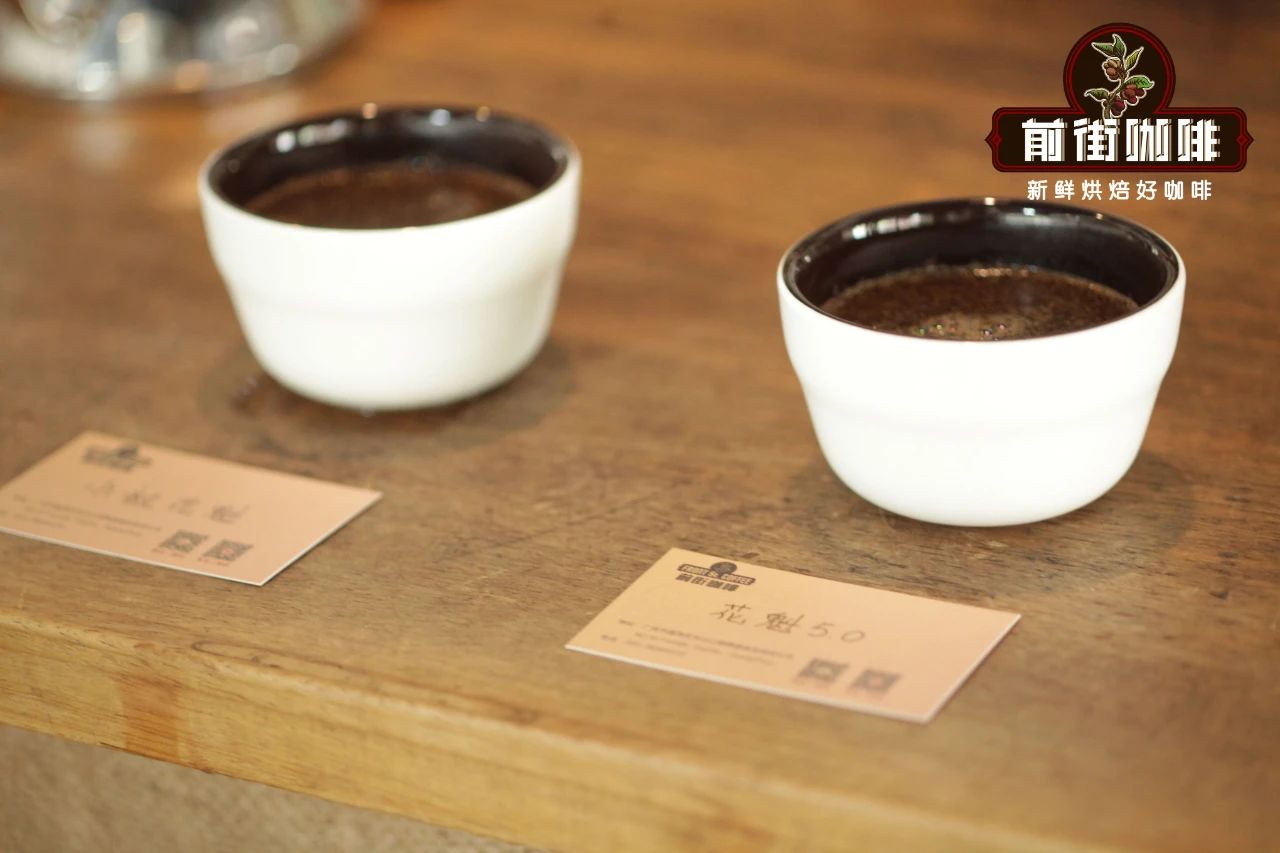
Professional coffee knowledge exchange more coffee bean information please follow the coffee workshop (Wechat official account cafe_style)
The producing area of ancient geisha has attracted much attention in recent years, and it has achieved quite good results in flavor display and quality in recent years. The Gu Ka producing area once belonged to the Sidamo producing area, but it has been independent into a new producing area by the Ethiopian Commodity Exchange (ECX) in 2010.
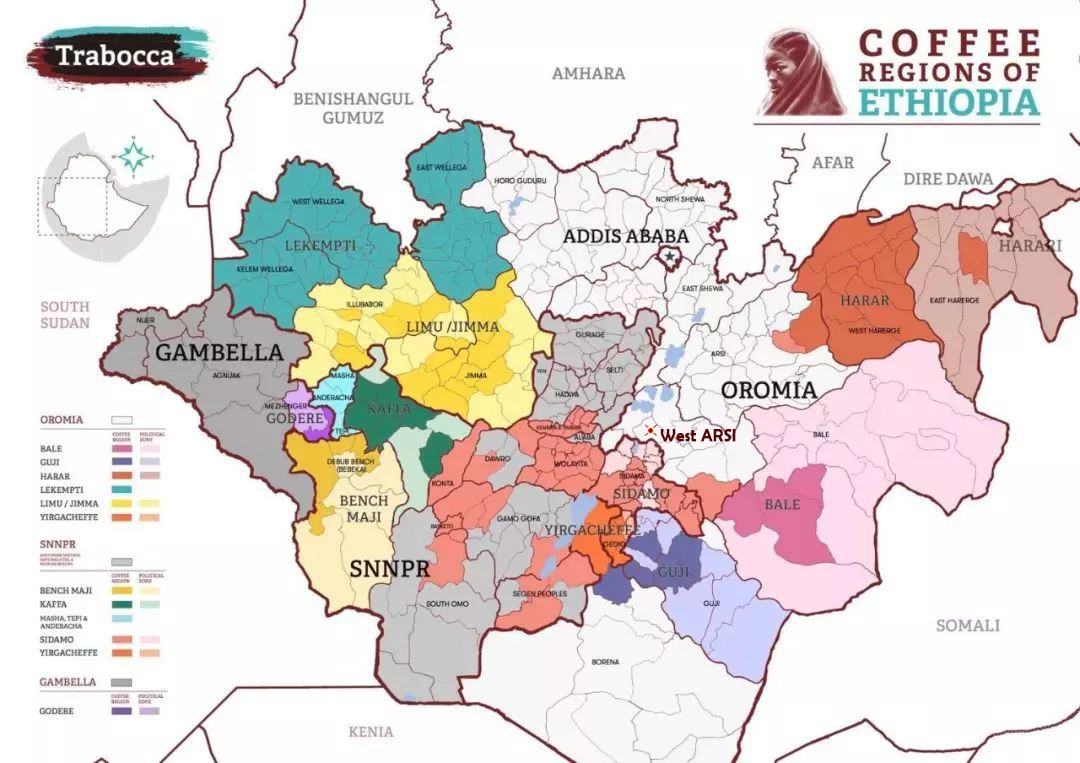
Located in the southeast of Yegashafi, the ancient production area is adjacent to the Sidamo and Gaide areas. It is an area with complex topographical changes such as towering mountains, highlands, plateaus, valleys and plains.
The biggest advantage of this place is that the soil vitality is maintained through the circulation of natural organic matter, using the withered leaves or litter of surrounding trees, plant residual roots and so on as natural fertilizer.
Humbera is under the jurisdiction of Oromiyaa, the southernmost administrative state of Ethiopia, with a distance of 3200m to the west from Kochere, the snow producing area of Yega, Shakiso to the east, Uraga to the south and Cochel Kercha to the north.
At present, there are about 20 treatment plants in Hambelane, which are distributed in different villages and estates of different sizes.
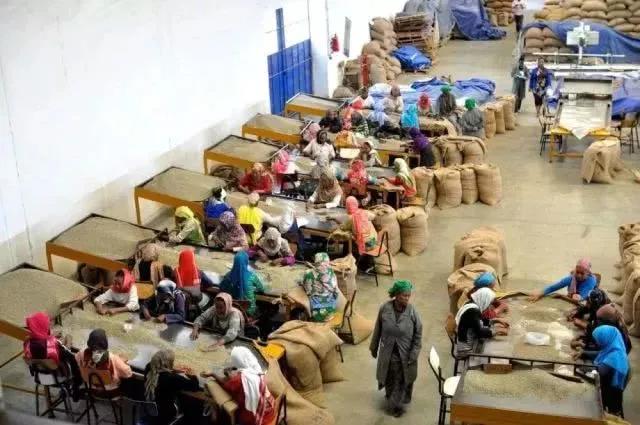
Grading system
Ethiopia's old grading method was simply classified according to the number of defects. The highest grade of beans washed with water was Grade 1-G1 and the highest grade of sunlight was Grade 3-G3. The current grading method is based on the combination of physical attribute characteristics and cup flavor characteristics established by ECX.
All coffee is defined as three types according to the way it is treated, insolated or washed:
A. Speciality (washed & unwashed): the number of defects is small, and the cup test has high flavor quality.
B. Commerical (washed & unwashed): not up to the boutique level, but higher than the domestic consumption grade
C. Local / Domestic (washed & unwashed): coffee with a large number of defects (unripe beans), out of season and poor storage.
Among them, Specialty and Commerical are aimed at the international export market, and Local is the coffee sold for the domestic market.
The specific grading and scoring criteria of ECX are as follows:
a. Score definition of washing treatment method
1. Physical characteristics account for 40%: number of defects (20%), appearance size (10%), color (5%), smell (5%).
2. 60% of the cup quality: cleanliness (15%), acidity (15%), taste (15%), flavor characteristics (15%).
B. score definition of solarization treatment
1. Physical characteristics account for 40%: number of defects (30%), odor (10%)
2. 60% of the cup quality: cleanliness (15%), acidity (15%), taste (15%), flavor characteristics (15%).
c. Overall summary:
1. According to the method of treatment, all coffee is classified as: sun exposure, water washing.
2. Each scored 9 grades of G1-G9 according to physical characteristics and cup test basic quality.
3. The G1-G3 was tested again according to the SCAA standard, and its flavor properties were evaluated in more detail, and the G1 and G2 with no less than 85 points were rated as Q1.
4. It is rated as Q2 for those who are between 80 and 85, and G3 for all those whose scores are below 80.
5. Q1 and Q2 are classified as Specialty Grade exports. G4-G9 kept the original grade unchanged and was classified as CommercialGrade export together with G3.
Washed beans Grade1 represents 3 defective beans per 300g raw beans, and Grade2 represents 4 defective beans per 300g. Of course, in fact, the standards of defective beans between sellers and buyers must be a little different (otherwise, why else can we pick out so many defective beans? ), but the comparison of defect rates is still easy to tell. The defective beans in the G1 are significantly less than those in the G2, which means that, excluding the effects of specific flavor and roasting, Ethiopian G1 coffee beans are of higher quality and higher score than G2 coffee beans, at least clearly distinguishable in terms of defective flavor.
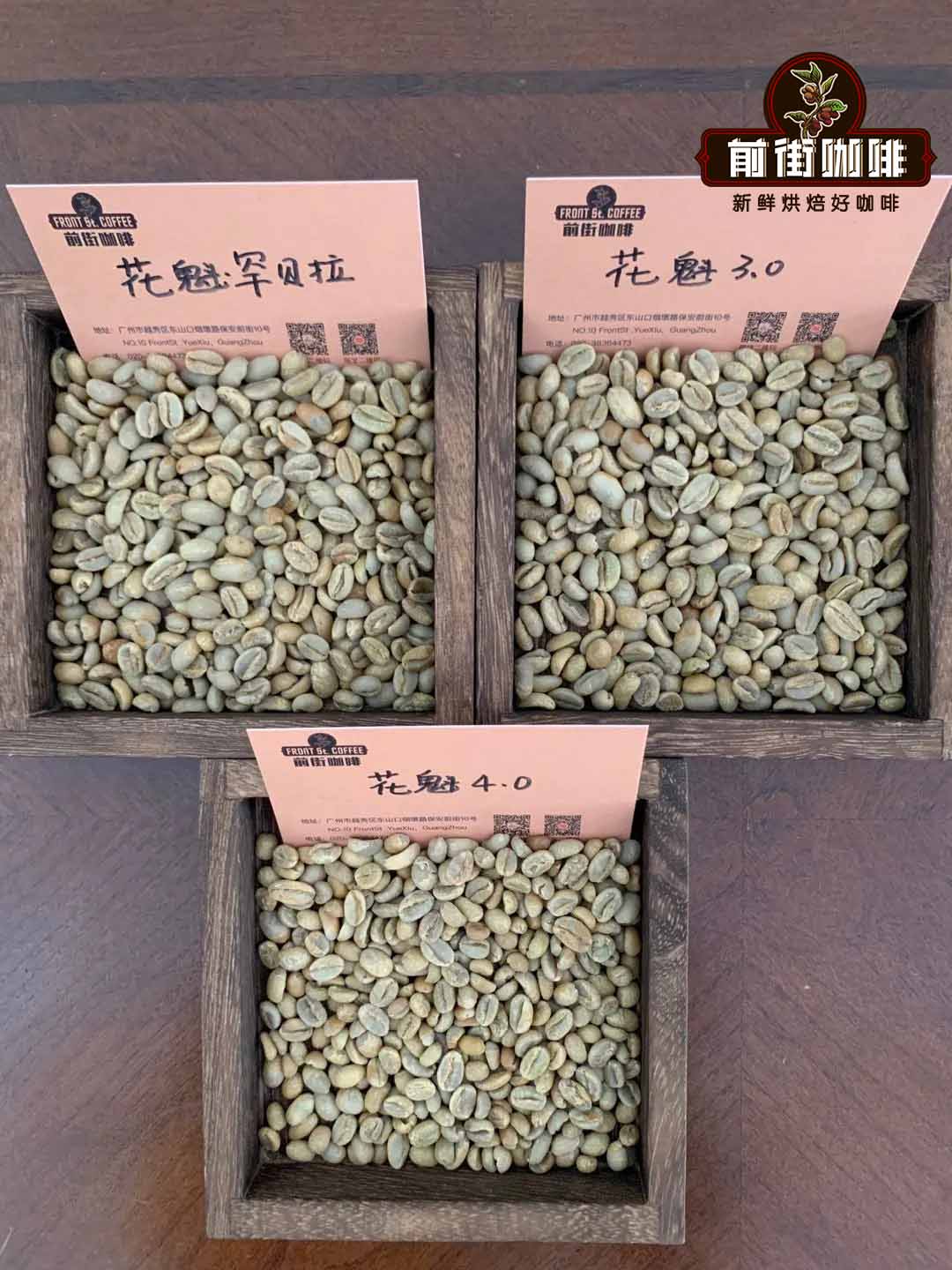
Coffee treatment
Sun drying is the most traditional treatment. The fruits are naturally dried after harvest. The steps are as follows:
1. After harvest, coffee farmers directly put them in the sun field and dry them in the sun.
2. Timely turning and stirring is needed in the process of sun exposure to avoid uneven drying or fermentation.
3. it is usually dried in 2-4 weeks.
4. Remove the pulp and peel of the dried raw beans with a shelling machine, and take out the raw beans.
Advantages: the pectin of the coffee fruit treated by the sun treatment retains its pectin, while the pectin itself is sweet, and during the sun exposure, the sugar will be transformed into the coffee beans, so the treated coffee will be relatively sweet, rich in taste and layered.
Disadvantages: there will be more defective beans, the appearance of beans is not uniform, it is easy to absorb the peculiar smell and soil smell on the surface.
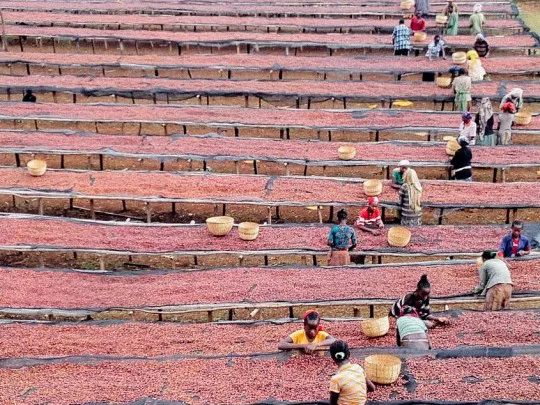
Suggestion on brewing coffee in Qianjie
Cooking utensils: HARIO V60
Parameters: 15g powder / 1 15pep 90 ℃ /
Degree of grinding: medium and fine grinding (57% of Chinese standard No. 20 screen pass rate)
Steaming 30 grams of water for 30 seconds, directly injecting water into the center to 125 grams, then injecting water to 225 grams after seeing the powder bed, seeing the powder bed to remove the filter cup, the total extraction time is: 2: 00 ".
Flavor: full berry juice, black tea, grapefruit peel, short sweet finish.
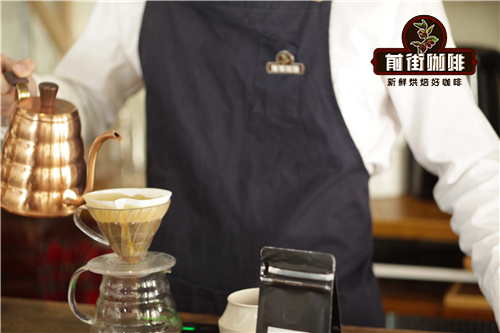
For more boutique coffee beans, please add private Qianjie coffee on Wechat. WeChat account: kaixinguoguo0925
Important Notice :
前街咖啡 FrontStreet Coffee has moved to new addredd:
FrontStreet Coffee Address: 315,Donghua East Road,GuangZhou
Tel:020 38364473
- Prev
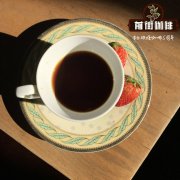
Characteristics and flavor of Hawaiian coffee beans washed in Hawaii Kona kona
Professional coffee knowledge exchange more coffee bean information please follow the coffee workshop (Wechat official account cafe_style) Hawaii is a beautiful island, began to grow coffee in the 18th century, most of the coffee is grown in Kauai Island and Hawaii Island, there is a very ideal climate and soil, extremely careful handling process, coffee bean appearance is very perfect, but planting noodles
- Next
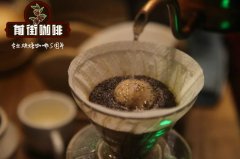
How about Indonesian coffee, the largest coffee producer in Asia? How should I drink West Java coffee?
Professional coffee knowledge exchange more coffee bean information please follow the coffee workshop (Wechat official account cafe_style) Coffee production in Asia is second only to Central and South America. Indonesia has always been the largest coffee producer in Asia, but the situation has changed in recent years. With the aid of the Olympic Games of the World Bank, Vietnam's production expanded rapidly and officially squeezed out of Indonesia in 1999 to become the largest coffee producer in Asia.
Related
- Detailed explanation of Jadeite planting Land in Panamanian Jadeite Manor introduction to the grading system of Jadeite competitive bidding, Red bid, Green bid and Rose Summer
- Story of Coffee planting in Brenka region of Costa Rica Stonehenge Manor anaerobic heavy honey treatment of flavor mouth
- What's on the barrel of Blue Mountain Coffee beans?
- Can American coffee also pull flowers? How to use hot American style to pull out a good-looking pattern?
- Can you make a cold extract with coffee beans? What is the right proportion for cold-extracted coffee formula?
- Indonesian PWN Gold Mandrine Coffee Origin Features Flavor How to Chong? Mandolin coffee is American.
- A brief introduction to the flavor characteristics of Brazilian yellow bourbon coffee beans
- What is the effect of different water quality on the flavor of cold-extracted coffee? What kind of water is best for brewing coffee?
- Why do you think of Rose Summer whenever you mention Panamanian coffee?
- Introduction to the characteristics of authentic blue mountain coffee bean producing areas? What is the CIB Coffee Authority in Jamaica?

